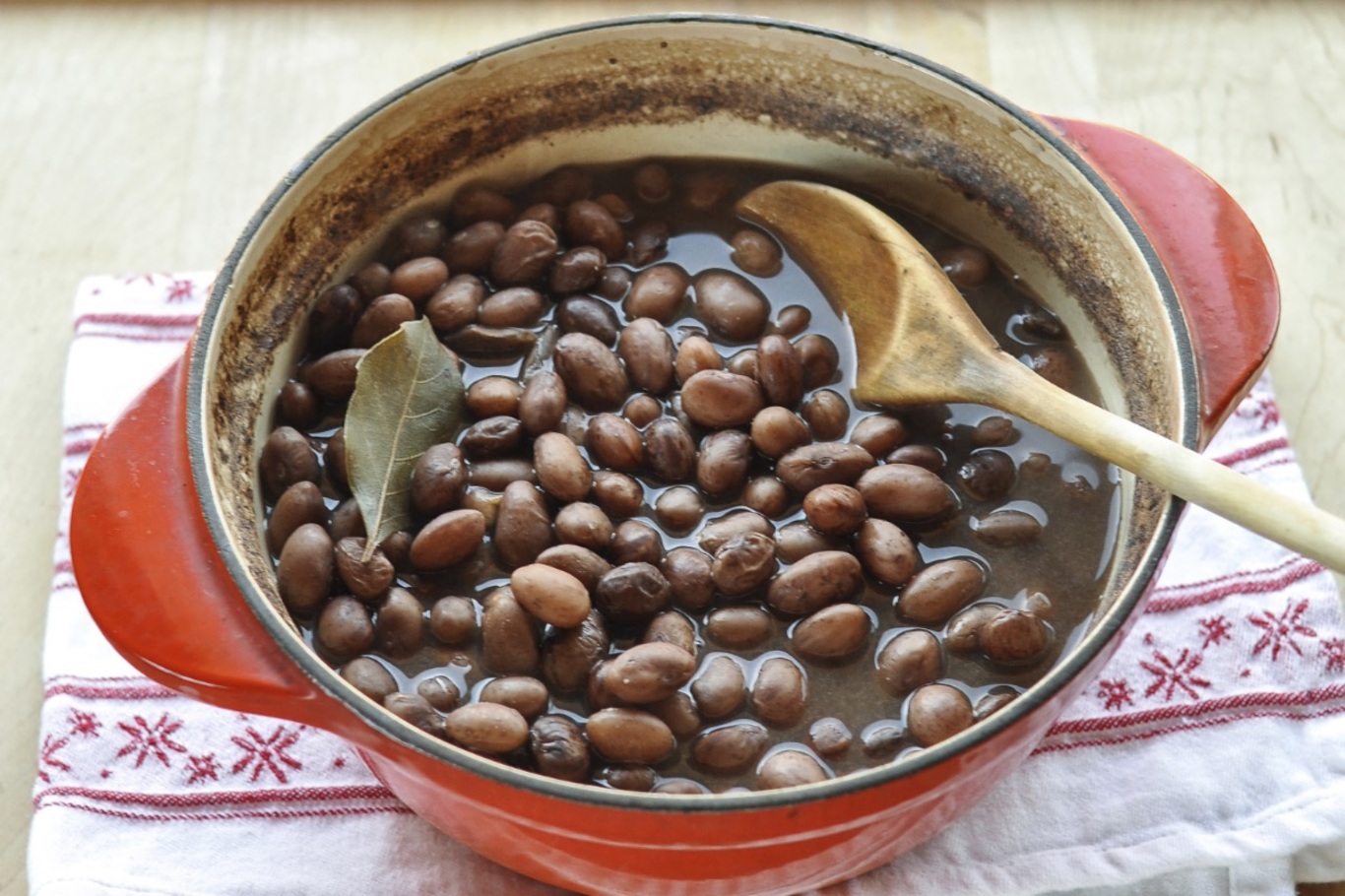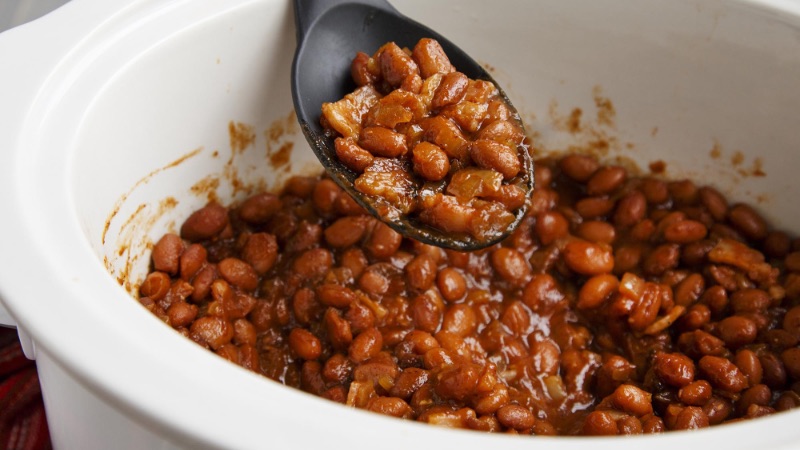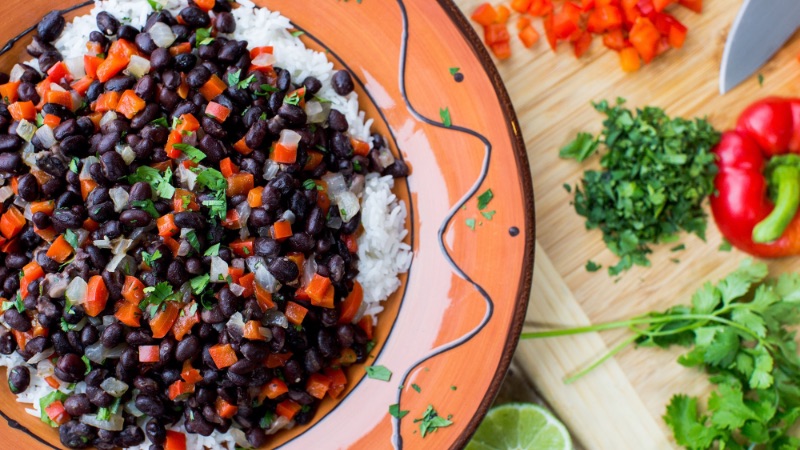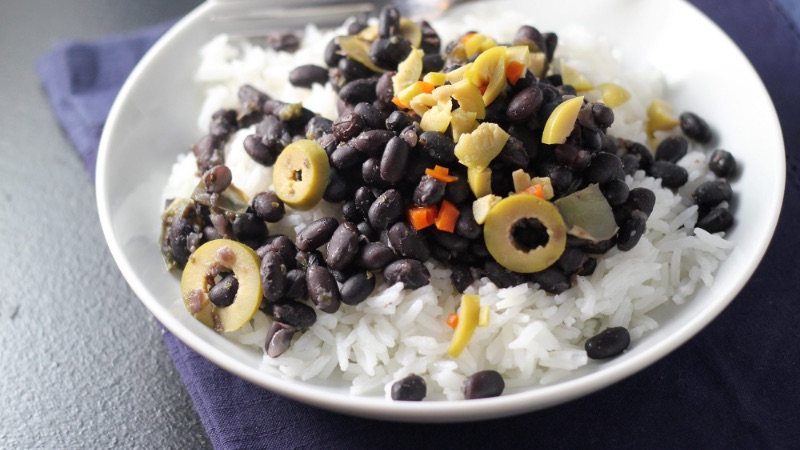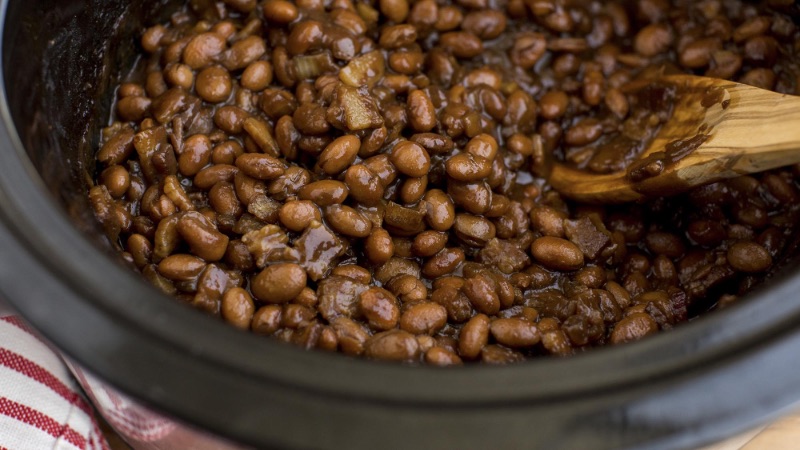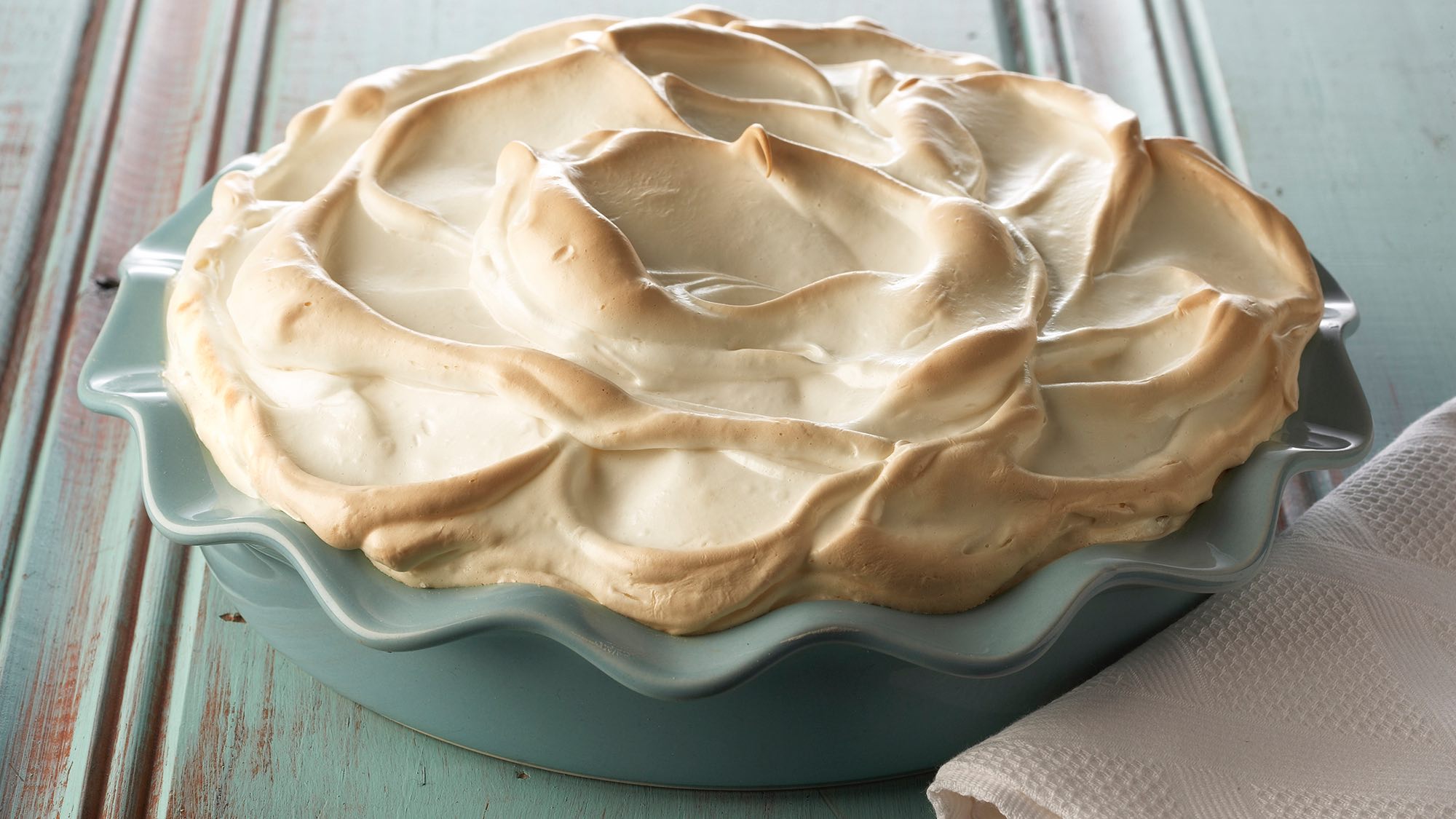If you've avoided cooking beans at home because you've heard that they are troublesome, finicky or complicated, it's time to think again. Cooking beans is no more bother than filling a pot of water and letting it simmer happily on the back burner all afternoon. In fact, that's basically all it is. Ignore the naysayers; it's time to cook some tasty, creamy, tender beans at home.
The most important thing to realize about beans is that they take time. Once they're on the stove and simmering, it can take anywhere from an hour to three hours (and occasionally longer) for them to become tender. There's no predicting it. The age of your beans, the variety and size can all affect the cooking time.
Don't try to rush things by increasing the temperature under the pot; that just roughs up the outside of the beans and makes them mushy before they're cooked through. Likewise, don't think that you've done something wrong if your beans are still crunchy after a few hours of cooking. I've found that some beans can go from crunchy to creamy in the space of 15 minutes, right when I thought all was lost. If you're ever in doubt, just keep simmering. (FYI, garbanzo beans are particularly notorious for taking forever to become tender.)
The solution? Patience.
Make sure you're cooking beans on an afternoon when you'll be at home anyway and can be relaxing on the couch while your beans putter away. One pound of dried beans makes about five cups of cooked beans, which is plenty for quick soups, burritos, salads and other quick meals all week long. They also freeze beautifully, ensuring delicious beans whenever you need them.
Here are some basic tips for success when cooking beans at home.
Soak the beans: I am a firm believer in soaking the beans if you have the time. It does help trim down the cooking time a bit, but even more importantly, pre-soaking helps the beans cook more evenly and become completely tender all the way through.
Keep the beans at a simmer: Bring the beans to a boil at the very beginning of cooking to bring everything up to temperature, but then you want to keep the beans at a very gentle simmer for the rest of cooking. You should barely see movement in the water. Along with pre-soaking, simmering the beans gently helps them cook evenly until tender, to retain their shape without going smooshy, and to keep their skins intact.
Add salt when beans are just barely tender: Adding the salt at the beginning of cooking can sometimes prevent the starches in the beans from breaking down, so they'll be a little over-firm even after long cooking. The best time to add the salt is when the beans are almost finished cooking. When they are tender enough to eat but still too firm to really be enjoyable (aka, al dente), add the salt.
How to Cook Beans on the Stove
Makes about 5 cups cooked beans
Ingredients:
1 pound dried beans, any kind
Water
2-3 teaspoons salt, plus more to taste
Aromatics (optional): bay leaf, 1-2 whole garlic cloves, 1/2 onion, chopped carrots
Equipment:
Medium mixing bowl
4-quart or larger Dutch oven, or another heavy cooking pot with lid
Stirring spoon
Instructions:
1. The night before you plan to cook (10-14 hours), soak the beans to reduce cooking time and help them cook more evenly. Empty the dry beans in a bowl. Pick through the beans and discard any shriveled or unappealing beans. Cover the beans with a few inches of water and leave them on the counter.
2. The next day, the beans will have absorbed much of the water and nearly doubled in size. Drain the beans from their soaking water and rinse them gently under water.
3. Transfer the beans to a Dutch oven or other heavy cooking pot. Add the aromatics, if using.
4. Cover the beans with an inch of water. Bring them to a boil over medium-high heat.
5. Once the water has boiled, reduce the heat to low and bring the beans to a very gentle simmer. You should barely see the water moving. Leave the lid off for firm beans meant for cold salads and pasta dishes. Cover the pot with the lid slightly ajar for creamier beans for soups, casseroles and burritos.
6. Cook the beans for one hour, and then begin checking for doneness. Depending on their age, size and variety, beans can take anywhere from an hour to three hours to cook through. Be patient. Keep the beans at a gentle simmer and taste frequently as they start to become tender. Add more water as needed to keep the beans submerged, and stir occasionally.
7. When beans are tender but still too firm to enjoy eating, add the salt. Adding the salt too early can keep the beans from becoming tender. Continue simmering until the beans are as tender and creamy as you like them. Add more salt to taste.
8. Cool the beans in their cooking liquid and transfer to refrigerator containers, still in the cooking liquid. Beans will keep for one week refrigerated or can be frozen for up to three months.
Additional notes:
--Dry vs. canned amounts: One pound of dry beans makes about five cups of cooked beans, equivalent to about 3 cans of canned beans.
--Cooking beans for soup: If you intend to use your beans in a soup, it's best to slightly undercook them here and then finish cooking them in the soup itself.
--The cooking liquid: Don't pour it down the drain! Unlike the slimy liquid from canned beans, this cooking liquid is full of flavor and good nutrients. Once you've scooped up all your beans, this liquid makes a great base for soups and quick sauces.
This article is written by Emma Christensen and TheKitchn.com from The Kitchn and was legally licensed via the Tribune Content Agency through the NewsCred publisher network. Please direct all licensing questions to legal@newscred.com.


